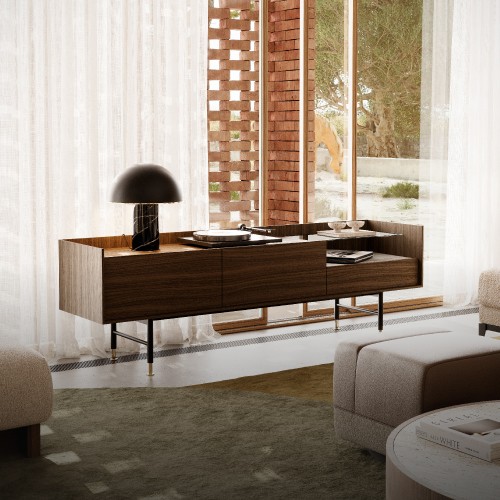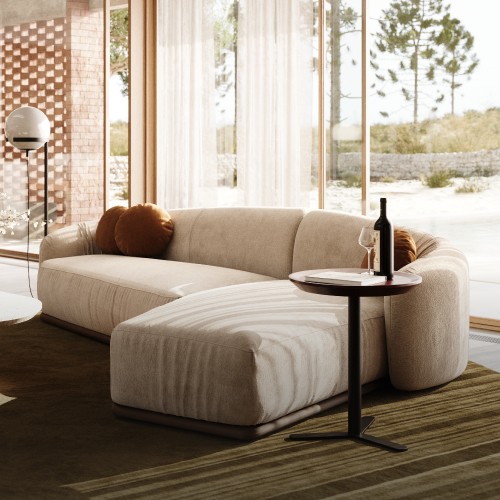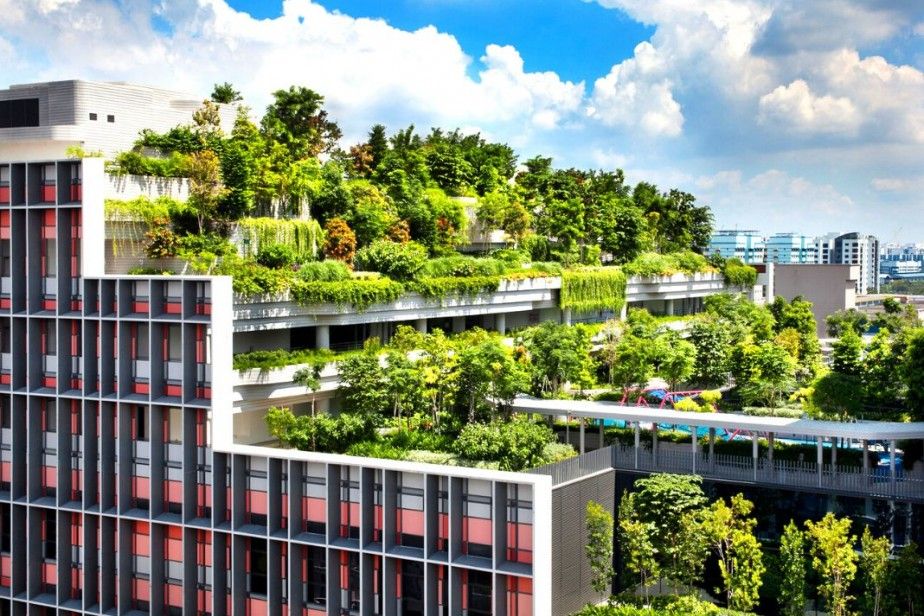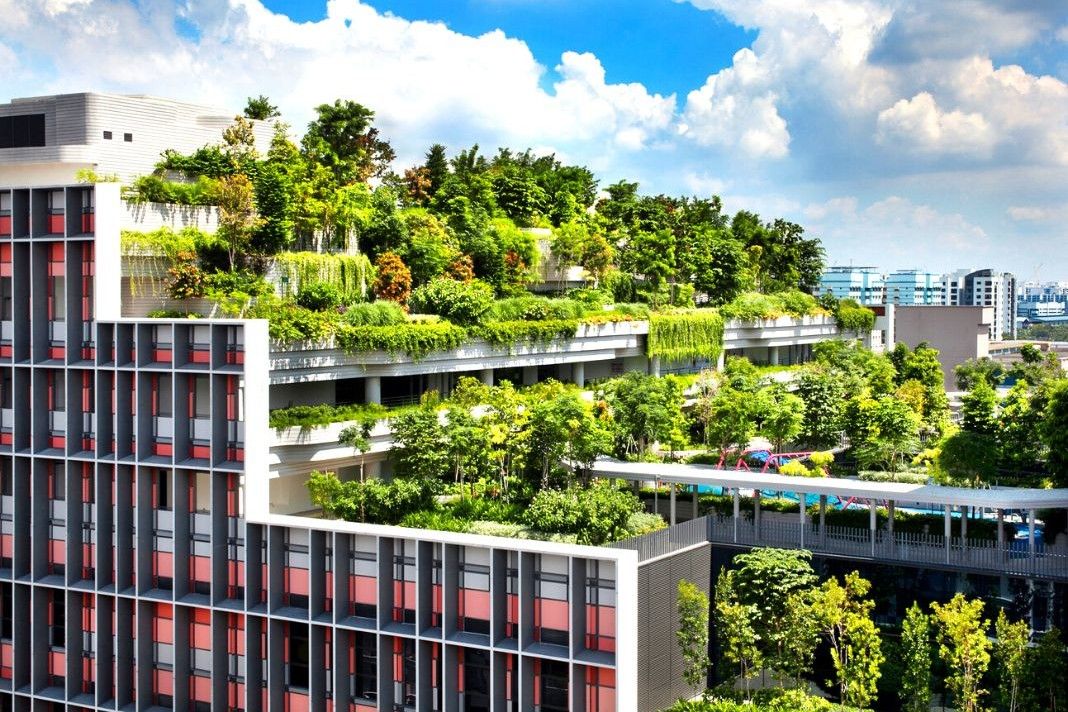Asian architecture is evolving, adjusting for differences in styles, cultures, and civilizations. Asian design has always been both detailed and minimal. Between elaborate Chinese architecture and Japanese minimalism, there are Balinese romantic styles.
This article explores the pioneering steps taken in Asia to create a more biodiverse nation, as well as a view of how other large cities can implement similar programs over the next decade to provide a blueprint for the future.
Singapore - the leading city in Sustainable Living
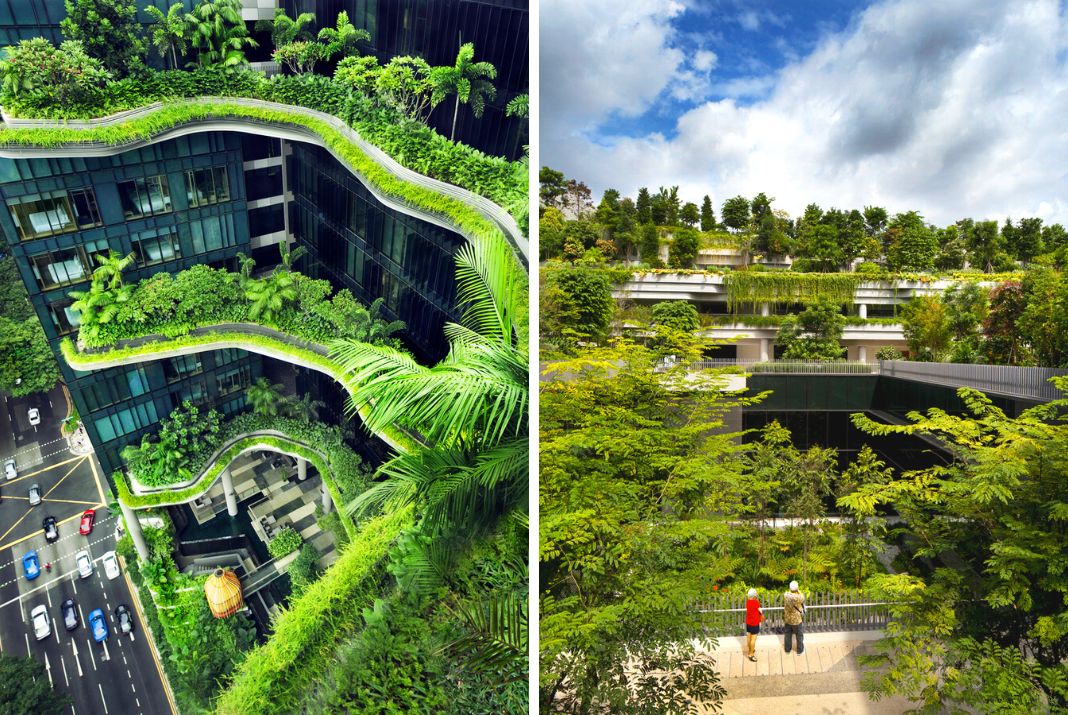
Singapore has recently been establishing its reputation as a City in Nature, with Singaporean design long having a strong awareness that green spaces matter.
Urban planners and architects have made a conscious effort to incorporate nature throughout the city as it continues to create new structures and developments, incorporating plant life in whatever form, whether through green roofs, flowing vertical gardens, or verdant walls.
Bishan-AngMo Kio Park by Ramboll Studio Dreiseitl is one of Singapore's most popular heartland parks. As part of a much-needed park upgrade and plans to improve the capacity of the Kallang channel along the edge of the park, works were carried out to transform what was once a utilitarian concrete channel into a naturalized river, creating new spaces for the community to enjoy.
Eco-friendlier and More Sustainable
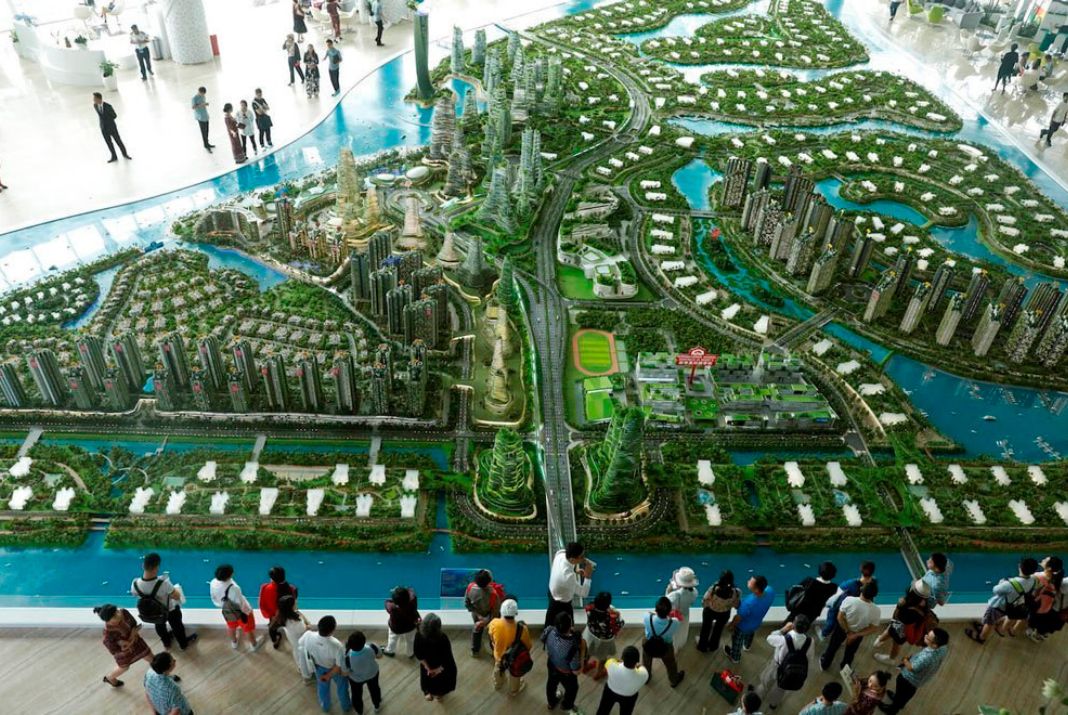
Narrow houses are typical across Osaka, yet these living spaces offer better insulation and open areas that allow natural light and air to penetrate the buildings. This has become a highly popular choice among residents.
Developing countries, such as the Philippines, are increasingly opting for condo-style residences with more eco-friendly features. It is essential to create technologies that allow more natural light and air to circulate through their living spaces. Large openings in the building facade, as well as three-story openings in the front and back, are taking the first position.
Without a doubt, Asian architecture is becoming more responsible with green constructions that are seen as wonderful investments.
Natural Materials
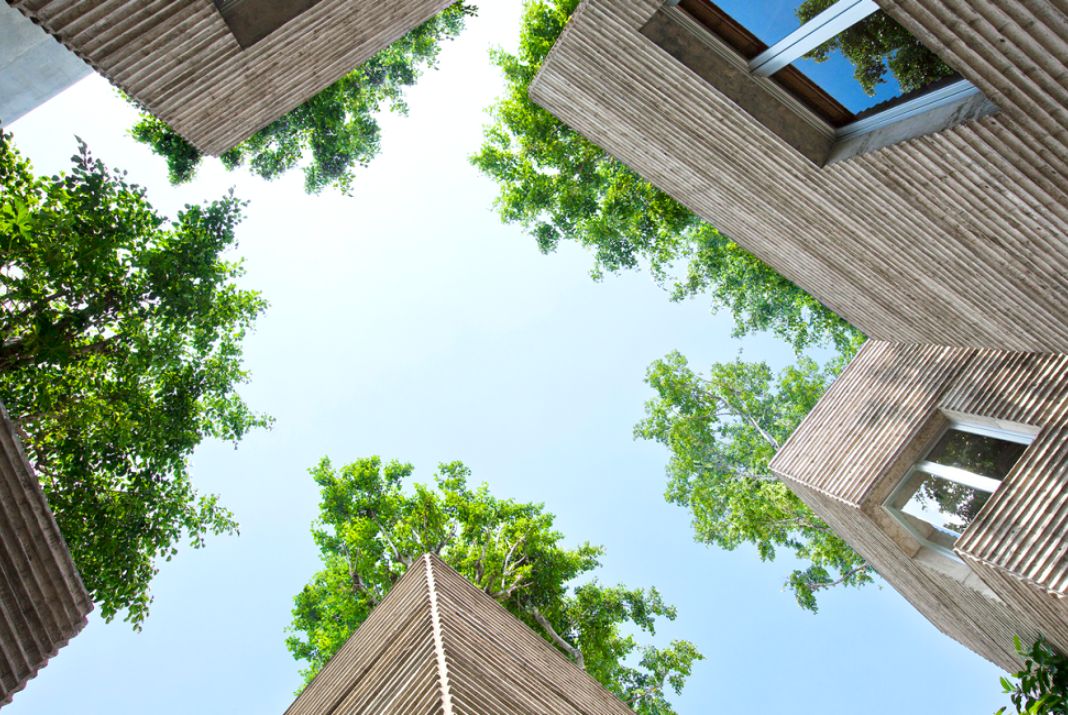
The typical Korean house in the Hanok style reflects East Asian architectural influences. Prefabricated wooden constructions are quickly erected on-site using rigorous Confucian methods. These new dwellings are entirely natural, biodegradable, and easily recyclable.
Balinese architecture is one of the most popular Asian tropical architectures. These designs are made to be completely in sync with nature. They are integrating natural, native resources for homes and buildings, including thatch roofing, coconut wood, bamboo poles, bricks, and stone, which are now incorporated into modern Balinese architecture.
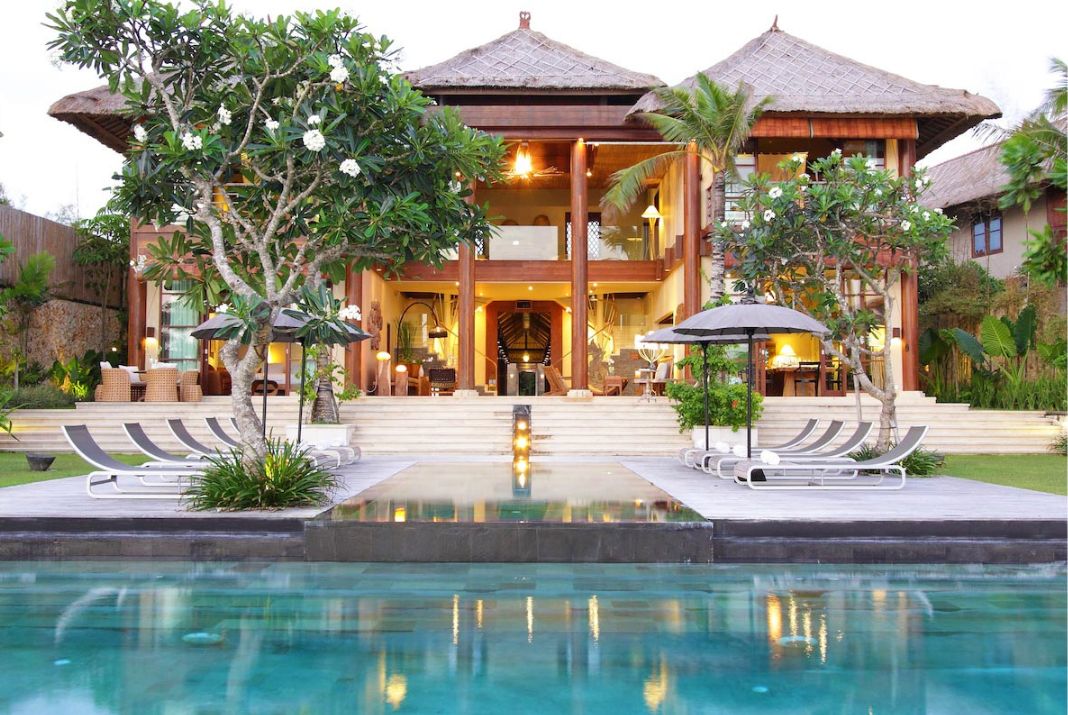
Peace, serenity, and zen come to mind when viewing this new Asian architectural design. You enter and find immediate calmness. Listen to the gentle sound of a waterfall or the air wafting with incense. Zen is everywhere.
Alcoves, natural fibre, oriental artefacts, and organic colours are all gaining traction in Western architecture. Everything is moving way too fast in this day and age, people are reaching out to find some peace and tranquillity.
You can check out more about Zen Style Interior Design in this article - HOW TO MASTER THE ASIAN ZEN INTERIOR DESIGN
